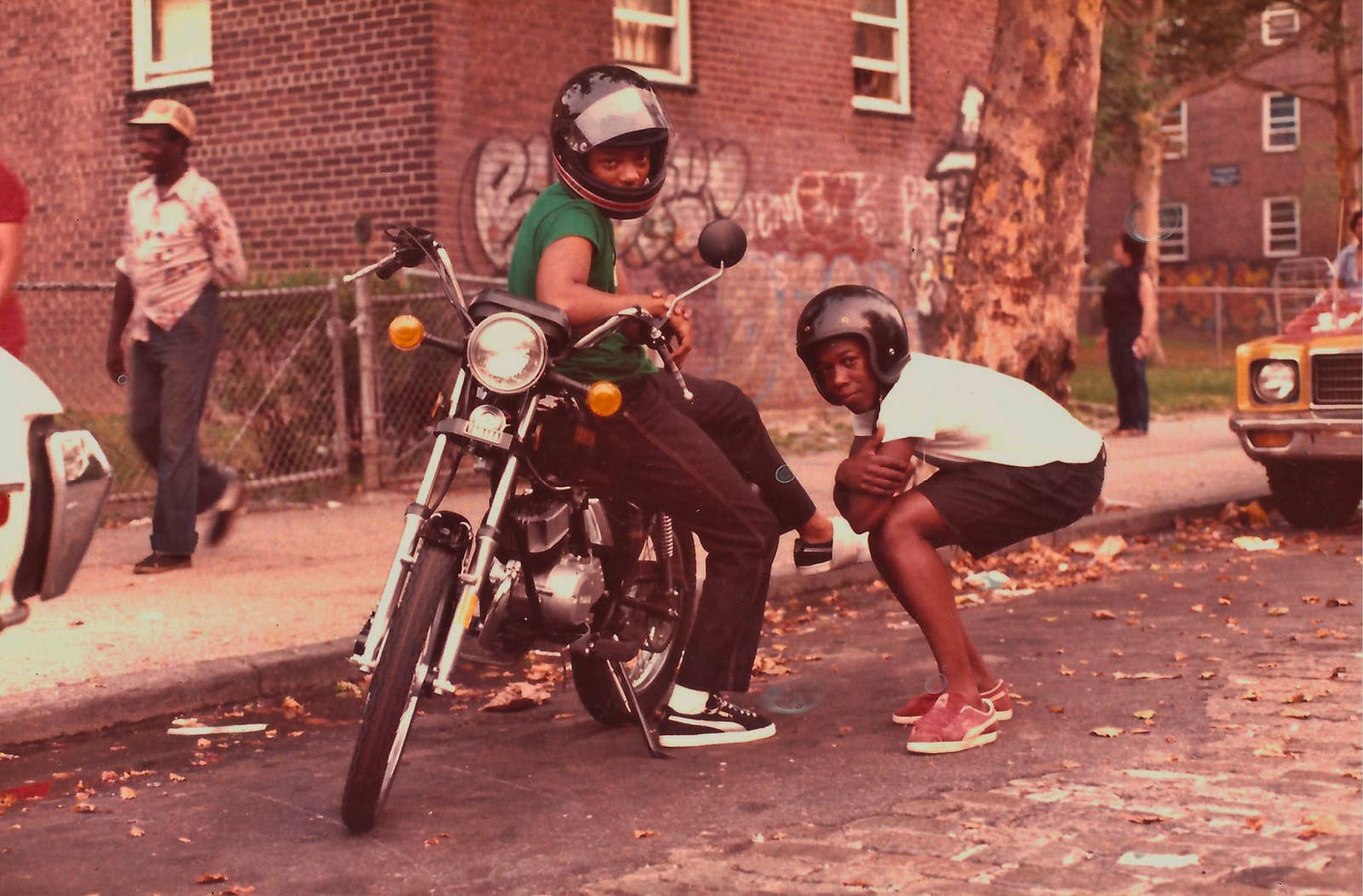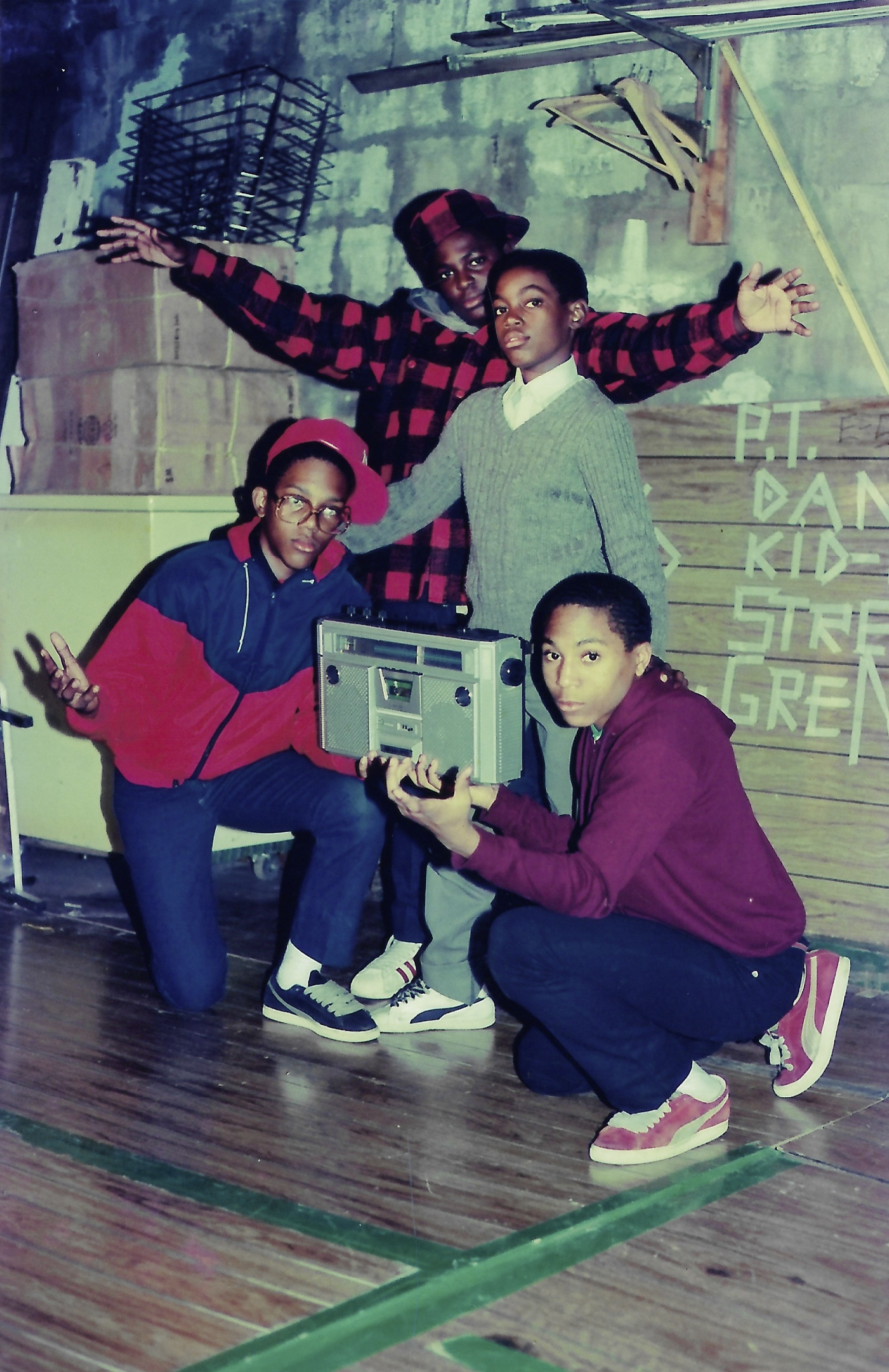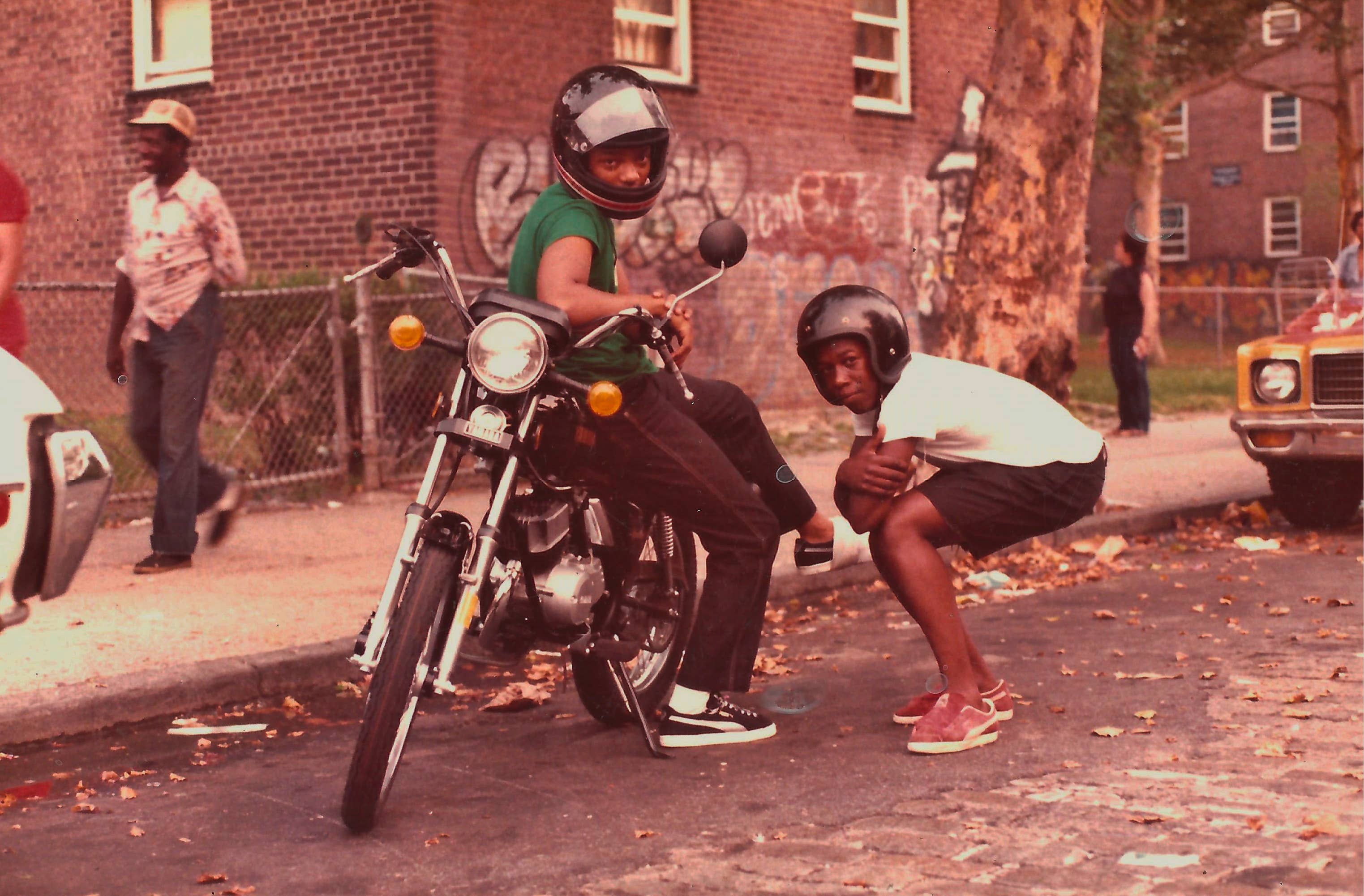
It’s been 50 years since the world was introduced to the all-conquering PUMA Suede for the first time and while many sneakers have since come and gone – leaving footprints of varying sizes – it’s difficult to argue against any shoe having had as much of a deep-rooted impact on society and culture as the Suede.
To mark the anniversary, PUMA are remembering the Suede’s legacy with a year-long campaign filled with limited-edition drops paying tribute to the sneaker’s impact on a wide range of subcultures. From a collaboration with FUBU through to a pack celebrating B-Boy culture, PUMA are here to tell the story of how Suede shaped the world.

The story starts in 1968, with the Suede launched in the midst of a battle for street supremacy between PUMA and adidas. Originally developed as the “velvety cousin” to the PUMA Basket, the Suede broke new ground for PUMA and sneaker style as a whole. While the majority of sneakers leaned towards traditional leather or canvas construction, PUMA’s innovation was in creating an entirely new idea of what a sneaker could be. With a thick rubber sole and a soft – but resilient – suede upper, the PUMA Suede was designed to be softer, stronger and more street ready than any other shoe on the market at the time. The idea took hold and it didn’t take long for it to become the sneaker of choice for America’s coolest and most influential.
The Suede’s new status was crystalised at the 1968 Olympic Games. In Mexico City, American athlete Tommie Smith broke the 200m world record in PUMA spikes. When he walked to the victory stand to receive his medal, he wore black socks and carried a single black PUMA Suede in his left hand. Mr. Smith famously raised his left Suede, placed it on the stand, then raised his right fist in a silent gesture that spoke volumes to the universal fight for equality and human rights. PUMA’s new shoes – with the logo of a panther – became a symbol of something bigger than style. Smith’s silent protest remains one of the most captivating and powerful images in recent history. The revolution was being televised and the PUMA Suede was a cast member.

In 1973, it was another athlete that took the PUMA Suede to the next level as a staple of street style. Walt “Clyde” Frazier was among the biggest stars in the NBA when he became a brand ambassador. Frazier was an all-star on the court for the New York Knicks and sport’s biggest style icon off it. With fur coats, custom suits and wide-brimmed hats, he captured the flair of 1970s NYC like no one else.
Frazier was rewarded with his very own edition of the Suede, the ‘Clyde’. Frazier became the first ever basketball player to be gifted his own signature sneaker. The ‘Clyde’ was a trail blazer and by giving an athlete a new kind of creative control over their footwear, proved to be a turning point for the entire sneaker industry. The Suede, quite literally, changed the game.
Fast forward to the 1980s and yet again, the Suede was front and centre for the birth a new cultural movement. After Kool Herc dropped an extended instrumental break on two turntables for the first time in the Bronx in 1973, breakdancing was born. Its origins in Black culture meant the PUMA Suede was already a popular shoe on the streets of New York but its thick rubber soles and flexible upper meant it inadvertently became a great sneaker for breakdancing, too. The Suede screamed on the streets and before long, the city’s biggest breakdance crews such as NYC Breakers and Rock Steady Crew were swagged out head to toe in PUMA.
The PUMA Suede remains one of the culture’s biggest on-feet looks. The PUMA Suede’s emergence at the epicentre of hip-hop was further proof that the sneaker had gone clear as the definitive shoe on the bleeding edge of society and culture.

The turn of the millennium saw the Suede being adopted in new circles yet again. As was the case with B-Boy culture, a new generation of skaters with growing influence looked to the Suede as a sneaker that had a perfect platform for half pipe power moves. The model’s durable construction, coupled with the ever-growing collection of colourways and limited releases, made the Suede an easy choice for a new wave of extreme sports putting its stamp on contemporary culture.
In 2018 the Suede remains an icon on the streets and the catwalks. From being reimagined by Rihanna to being rocked by Karl Lagerfeld, the PUMA Suede continues to be at the front of the pack and is still seen on the feet by today’s generation of game changers. Here’s to the next 50 years.
Follow @PUMASportstyle for all Suede 50 updates and share your Suedes with the hashtag #ForAllTime.

